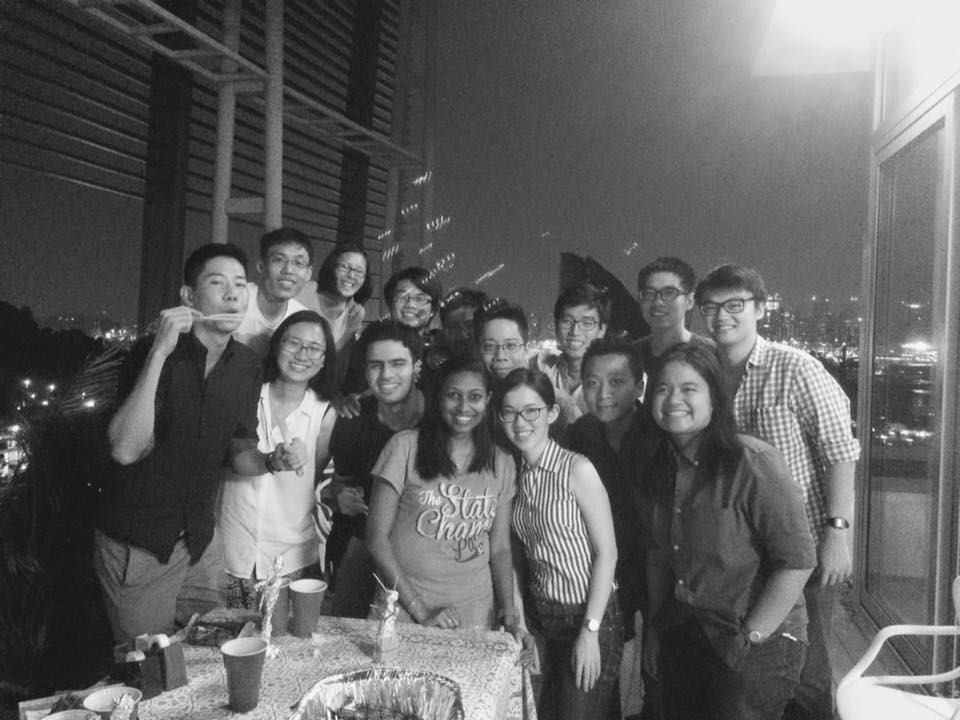Year Two
After a year of TeamLEAD sessions in the classroom, the second year Dukies will be released into the real world. It might seem exciting to some and scary to others, but it is definitely an experience that is unique to the life of a medical student. One way to think about this experience might be to compare it with the concept in the olden days of an apprentice, where the young disciple learns first-hand from his master how things are done, and at times even tries his hand at some tasks.
Modern day learning is more structured. The ward learning experience is broadly divided into six specialties, each lasting four to eight weeks, called clerkships. The schedule differs slightly across different clerkships but generally speaking, the student attends and even participates in morning rounds, specialist clinics, and specialized procedures, if any. This is supplemented with specialised teaching sessions in the wards, like bedside tutorials. Through these, the student should be able to pick up skills in examining and communicating with a patient, to read signs and obtain necessary information to make diagnoses and plans for the patient.
Longitudinal Integrated Clerkships
Besides the traditional style of clerkship, in blocks according to specialty, our school also recently introduced a longitudinal integrated clerkship (LIC) programme, of which the author of this article was part of. In short, this programme takes some time off each block and integrates different specialties in that time, which gives the opportunity to follow-up with patients throughout the year. It also provides the chance for students to interact with the same group of clinical tutors for the whole year, thereby increasing exposure time to learn from them.

Times of chillaxing outside clerkship, LIC-lets of 2015 and 2016
Medicine – Art or Science?
You may have heard of the saying that the practice of medicine is an art and not a science, and wonder how that can be true. Indeed, much of medicine is grounded in scientific theories and knowledge of science, and managements are becoming increasingly evidence-based (which is a good thing). The first-hand experience in the wards, however, would reveal that the doctor, while keeping in mind scientific concepts, eventually needs to relate to and care for another fellow human being. This aspect is something that no scientific theory can fully explain, and can only be learnt through experience. For instance, one will learn about the regimen of insulin injections required for diabetes, with the different types of insulin that act in different time frames (and all these are important to know). But reiterating these facts will not convince a 13-year-old that he needs to be consistent with the injections on a daily basis. This is where the art comes in.
Second year in the Duke-NUS MD programme will be a time to experience and study how doctors actually work – on the one hand learning more science and revisiting what was taught in first year, and on the other hand, seeing and beginning to put to practice the art of medicine.
By: Jiang Yuheng, Class of 2017
Want to know more about Year Two in the Duke-NUS MD programme? Visit the page on Clerkships.